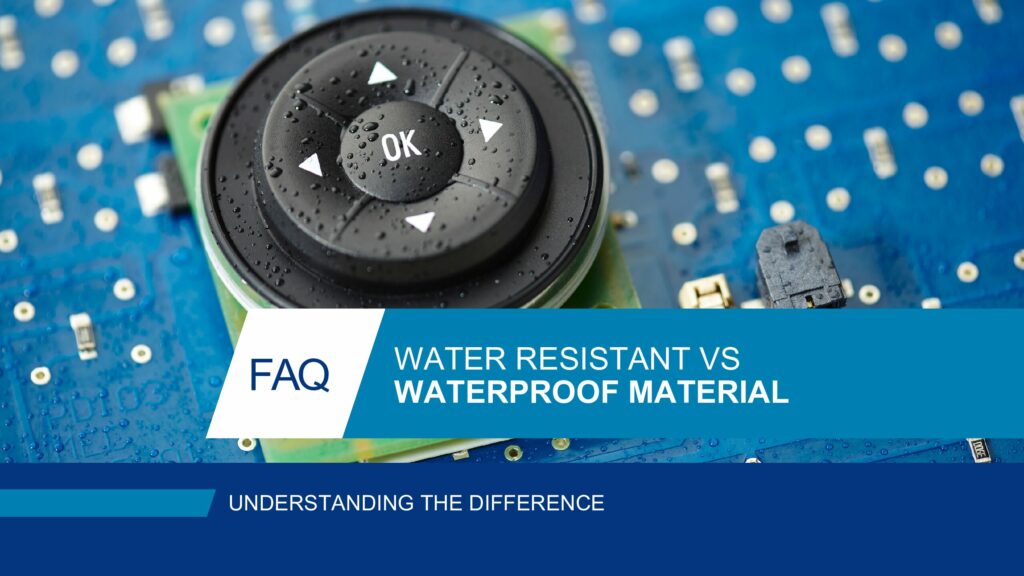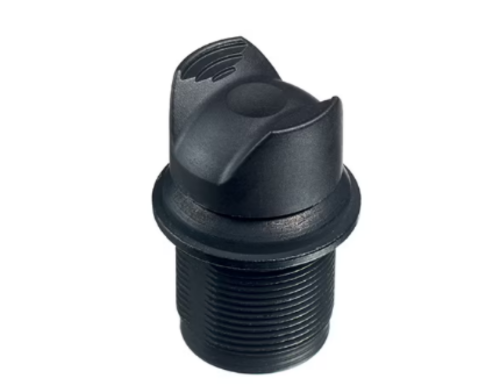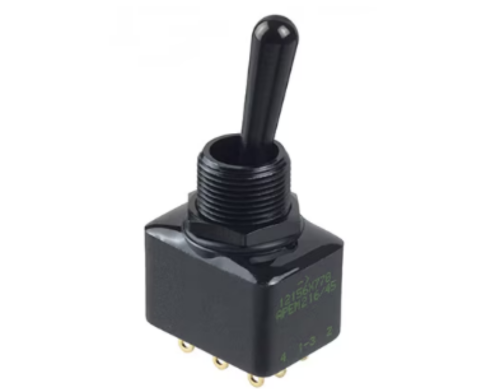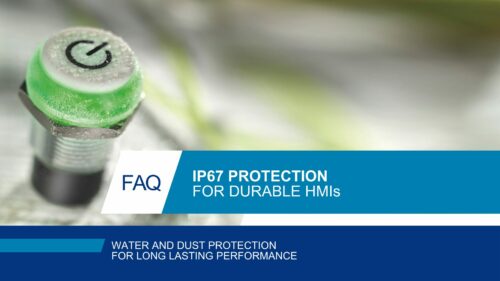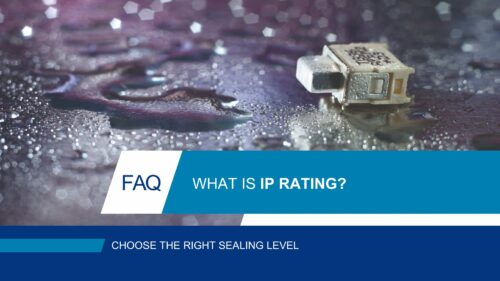“Waterproof“, “water-resistant” or “watertight” refer to the degree to which a material can resist the penetration of water. However, there’s a significant difference in how much water exposure they can handle. Understanding the nuances is key for selecting the right HMI. These distinctions help determine how well an HMI can handle water, from heavy washdowns in food processing to occasional splashes in labs, ensuring you choose a device that meets operational needs and withstands environmental conditions effectively.


What does “waterproof” mean?
Waterproof materials are designed to provide complete protection against water penetration, even when submerged. Products labeled as waterproof are tested to withstand certain depths and pressures. For example, waterproof watches or cases might be rated to be functional up to certain depths underwater without any water getting inside.
Waterproof products undergo rigorous testing to ensure they are effective. They are constructed with strong seals and materials. This prevents water from entering and provides complete protection. These products are designed to perform well under specific conditions.
What does “water-resistant” mean?
This term broadly indicates that a product can resist the penetration of water to some degree but not entirely. Water-resistant products are designed to withstand minor water exposure, such as light rain and splashes. They are not built for conditions where they would be submerged in water. Water resistance is generally suitable for everyday use where the item might face light rain or accidental splashes.
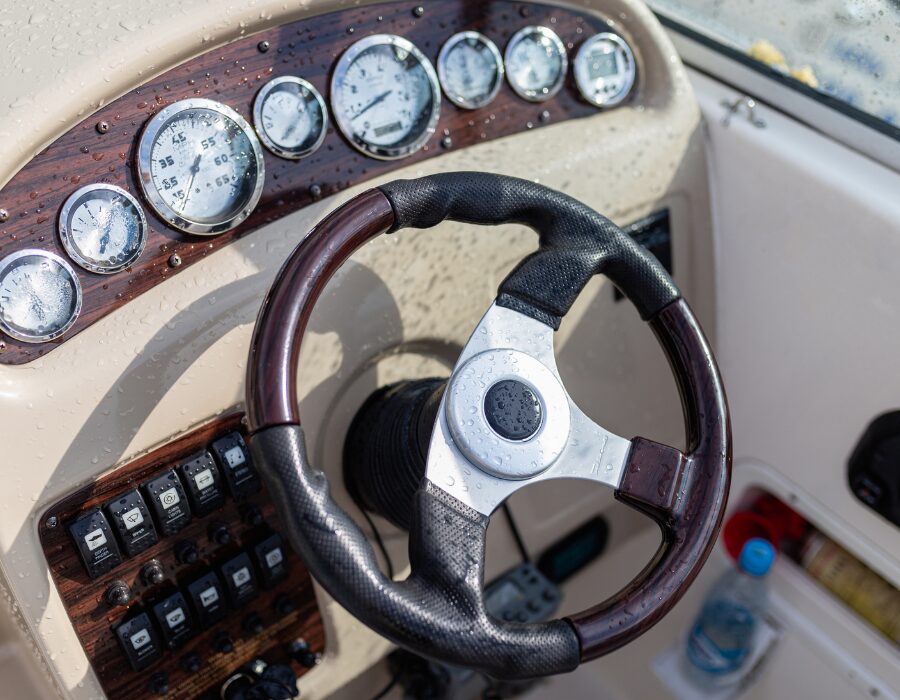
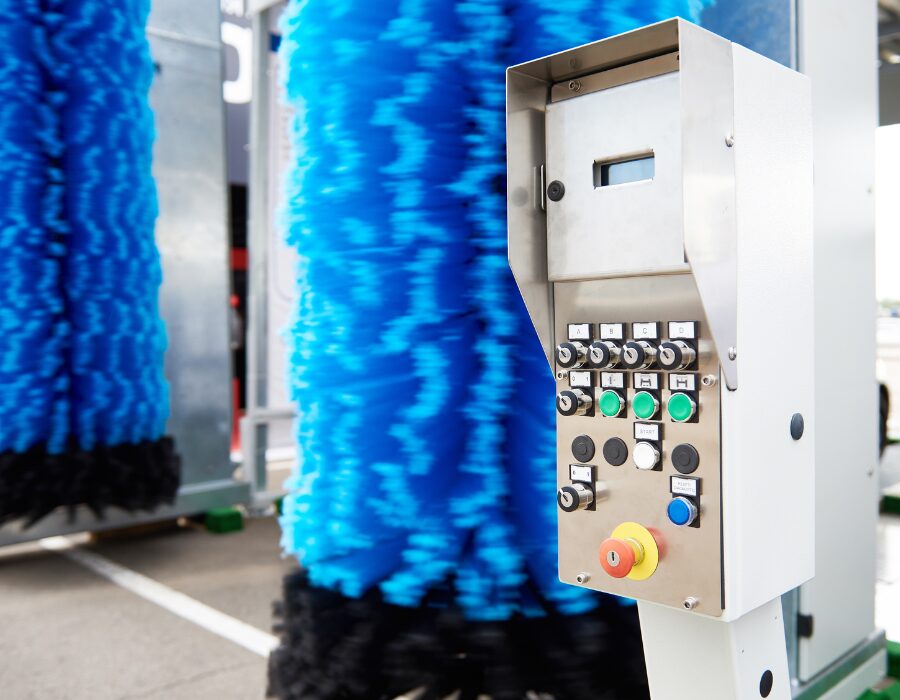
What does “watertight” mean, and how is it different from water-resistant?
Designers create watertight materials to completely prevent water from entering under specific conditions. This level of protection is stronger than water resistance. It not only keeps water out but can also handle higher water pressures, making it suitable for tough environments.
Watertight products are typically constructed with robust sealing technologies that are tested rigorously to ensure no water can penetrate, even when the product is temporarily submerged or subjected to pressurized water during cleaning processes.
This makes watertight HMIs ideal for use in settings like marine operations, where protection against continuous water exposure is necessary, or in industries where equipment must endure regular high-pressure washdowns.
High-pressure washdown resistance: the ultimate level of water protection for equipment in demanding environments
Devices with this level of resistance are highly water-resistant, ideal for settings that require rigorous sanitation. Equipped with an IP69K rating, such equipment can withstand high-temperature water jets, essential during intense cleaning processes typically found in food processing, pharmaceutical manufacturing, and other clean-critical industries.
Constructed from the most durable materials and robust seals, these devices adhere to stringent health and safety standards, offering unmatched protection against water ingress in extremely wet conditions.
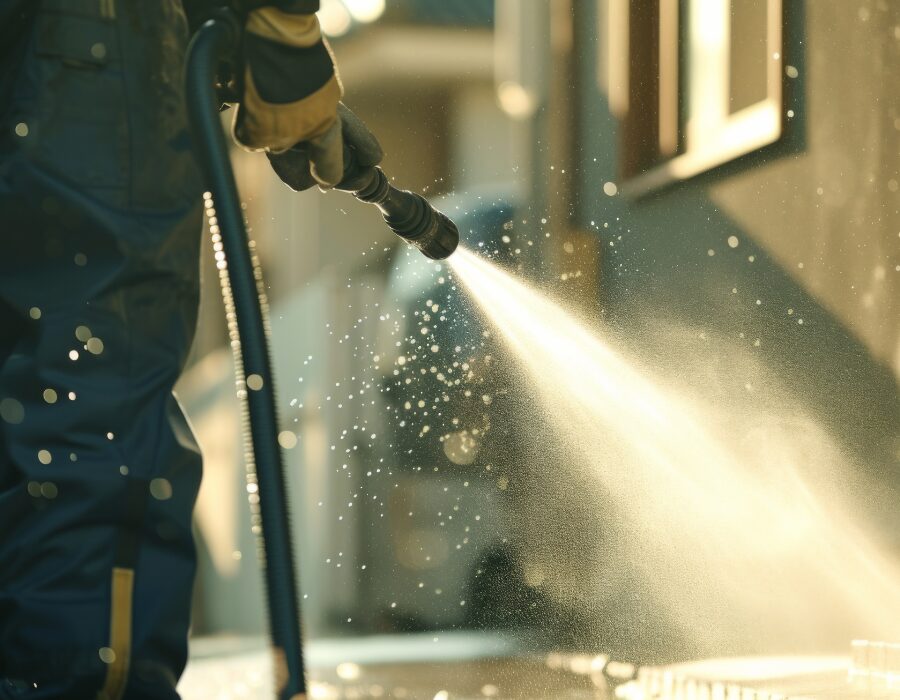
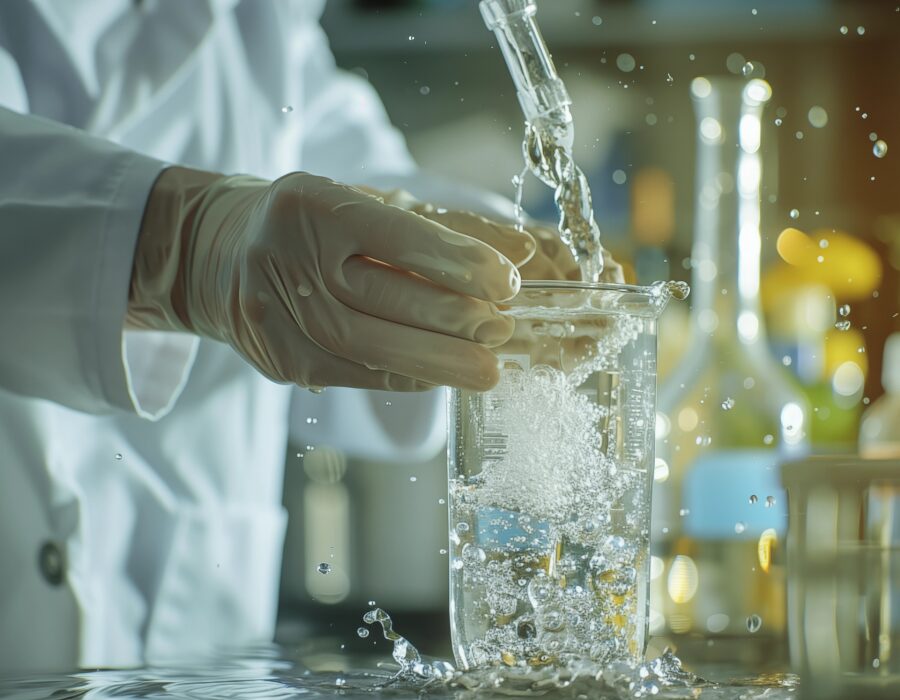
What does “Splashproof” mean?
Splashproof means the item can handle water splashes from any direction but should not be fully submerged like water-resistant devices. This is important for devices used in places where liquids can come from any angle.
Splashproof treatments help to protect against water but are not foolproof against prolonged or intense water exposure.
Can waterproof or water-resistant items withstand other liquids?
Generally, water-resistant and waterproof items are specifically designed to handle water. Other liquids, like oils, alcohols, or chemicals, may have different effects and could potentially damage the material or compromise its protective properties. We recommend always check the manufacturer’s guidelines regarding exposure to substances other than water.
Is there a 100% waterproof IP rating?
The term “100% waterproof” can be a bit misleading as no device is guaranteed to be entirely impervious to water under all conditions forever. However, in terms of IP ratings, certain standards indicate a high level of water resistance that qualifies a device to be considered effectively waterproof for particular conditions.
- IP67 allows for temporary submersion in water up to 1 meter for 30 minutes,
- IP68 protects against water up to 1 meter deep for extended periods, as specified by the manufacturer.
- IP69K, however, withstands high-pressure, high-temperature water jets, offering superior protection in extremely harsh environments.
IP68 and IP69K are some of the best standards for water resistance. Devices with these ratings can be used underwater and withstand rigorous washdown procedures.
It is important to consider not only the IP rating but also the type of sealing used, particularly for functions critical to safety.
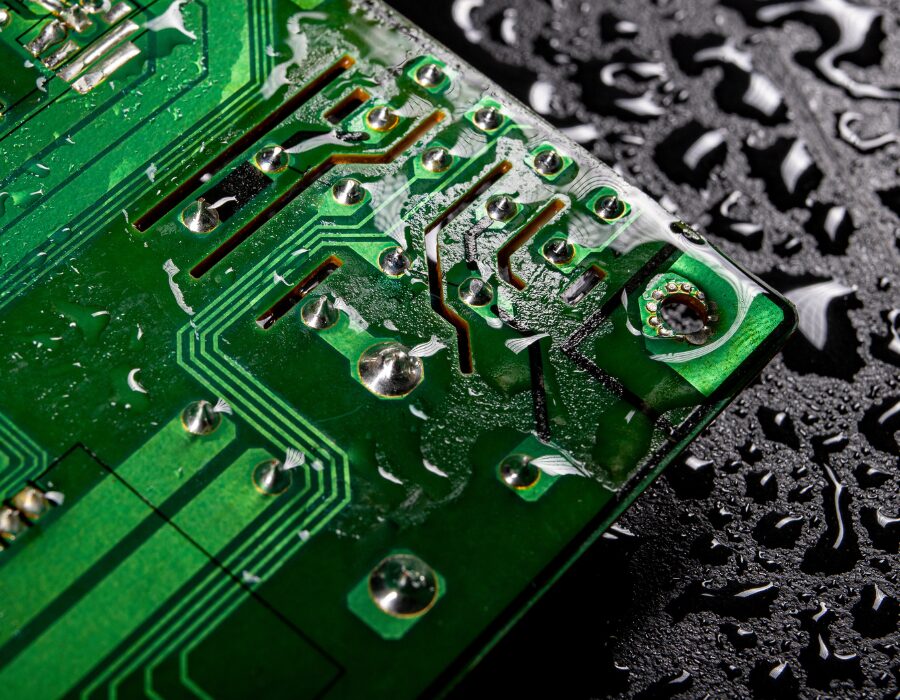
Main applications of waterproof or water-resistant HMI’s
Waterproof and water-resistant HMIs are essential in environments where exposure to liquids or harsh conditions is common. They are crucial in marine settings for handling sea spray, in the food and beverage industry to withstand regular washdowns, and in healthcare for resistance to sterilization processes.
Outdoor applications in agriculture or construction also require HMIs that can manage rain and moisture. Additionally, in the oil and gas industry, HMIs need to endure splashes and harsh environmental elements to maintain operational efficiency and ensure safety in industrial automation.
APEM offers a wide range of HMIs resistant to harsh environments to meet sealing requirements. Here’s a selection:
